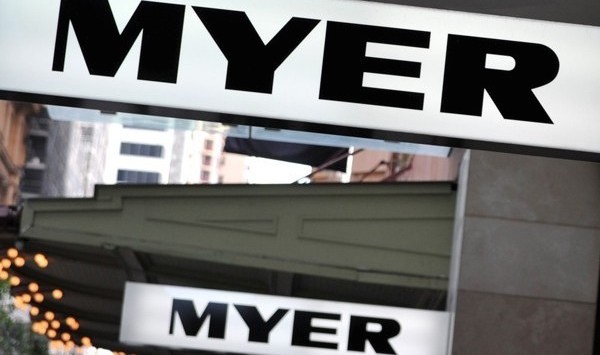
Department store Myer says an 80% drop in its net profit this year was partly due to “discount fatigue”, but a new approach to clearing stock might indicate the retailer is chasing a brand new breed of shoppers after being forced to re-calibrate its plans for high-end concession pop-ups.
The retailer reported a net profit of $67.4 million on Thursday, which, after implementation costs and significant items, comes down to $11.9 million.
Management explained to shareholders that the climate is tough: sales over the past year were down 1.4%, there was subdued consumer sentiment and people are “fatigued” by discounting schemes.
But it was in chief executive Richard Umber’s discussion of the results yesterday that a fresh element of the “New Myer” strategy was revealed.
The new plan involves mini clearance-style stores, similar to a pilot model that Myer has set up in Frankston, Victoria.
The clearance store format is set up as a level of an existing Myer store and hosts year-round discounted stock from brands already stocked by the retailer, including Calvin Klein, Guess and Dangerfield.
Umbers explained the bargain stores, which will pop up at Myer stores along the east coast, as well as one in Perth, offer known brand name stock at lower prices, and are designed to aggregate stock that needs to clear to one location within a Myer store so as to maximise floorspace, reports news.com.au.
Umbers referred to the world’s obsession with “off price” retailing, outlining a strategy to capture new young shoppers in a way that is more like the model of TK Maxx, than its classic rival David Jones.
He also reflected on the performance of the Myer concession strategy, which formed a key part of turnaround plans that began close to three years ago. Fairfax reports that while Umbers said the store had been focused on chasing “sexy” brands, giving floor space to other retail brands had the effect of drawing profits away from the store’s key performers.
High end vs known brands
Senior analyst at Euromonitor International Hianyang Chan says by bringing together sale items into one space, the department store may be able to better change up stock.
“What these stores lose in margin thanks to markdowns, they gain by turning over a greater volume of product on a regular basis which helps create a “treasure hunting” shopping experience. Myer’s intention to integrate floors for clearance stocks within their retail stores is relatively unheard of in the Australian retail landscape,” Chan says.
IBISWorld senior industry analyst Will McGregor says at this stage, it’s hard to know whether Myer is making a concerted move to compete in new markets beyond that of its high-end department store competitor David Jones.
However, news of underperforming concession outlets and a move towards discount formats suggests the retailer is chasing a new customer, he says.
“They’re focusing more on these bargain hunting customers, and Myer really is targeting those shoppers now moreso than ever. If you go into a store in the Melbourne CBD, you can see it: if you go into a store in Melbourne CBD, you have clearly yellow tags for discounts everywhere,” says McGregor.
McGregor says Myer’s concession strategy seemed like a stronger position to take at the start of the turnaround process, before other popular brands like Uniqlo fully exercised their muscles as global retail competitors.
From now on, he says it’s critical that the store think about lowering prices as much as possible for brands that shoppers already have familiarity with, rather than setting up more higher end pop-up concessions.
“It’s about bringing in more known brands at discount prices, that women are more likely to want to buy,” he says.
In a race against other retailers, including Amazon, Myer has a major strength in its established store network and how that integrates with its online offering will be key, McGregor says.
“One of the things they have implemented so far is their online business,” he says.
While overall sales across the store network were down 1.4% for the year, Umbers says online sales grew 41% for the year, and click-and-collect now makes up 15% of store purchases.
The department store has a big task ahead of it in growing these numbers further in Amazon’s first years of trade, says Chan, and in this process, choosing the right styles and making these easy to purchase will be key.
“It will be vital for Myer to be leaner and much more responsive to quick-changing consumers’ demands by offering brands, styles and designs that appeal most to them. Millennials will be the largest group of consumers and there is already a shift in purchasing patterns.”
Never miss a story: sign up to SmartCompany’s free daily newsletter and find our best stories on Twitter, Facebook, LinkedIn and Instagram.


COMMENTS
SmartCompany is committed to hosting lively discussions. Help us keep the conversation useful, interesting and welcoming. We aim to publish comments quickly in the interest of promoting robust conversation, but we’re a small team and we deploy filters to protect against legal risk. Occasionally your comment may be held up while it is being reviewed, but we’re working as fast as we can to keep the conversation rolling.
The SmartCompany comment section is members-only content. Please subscribe to leave a comment.
The SmartCompany comment section is members-only content. Please login to leave a comment.